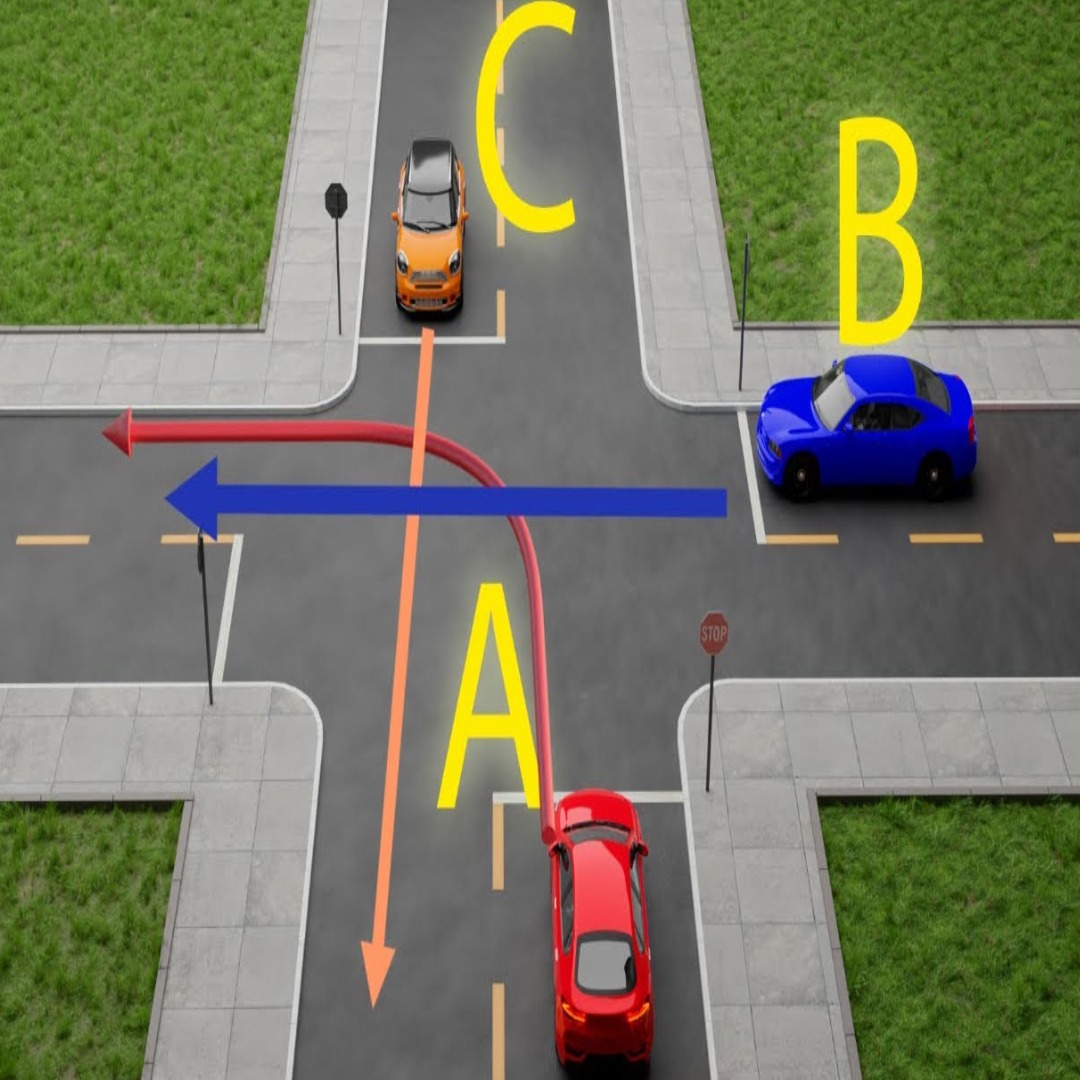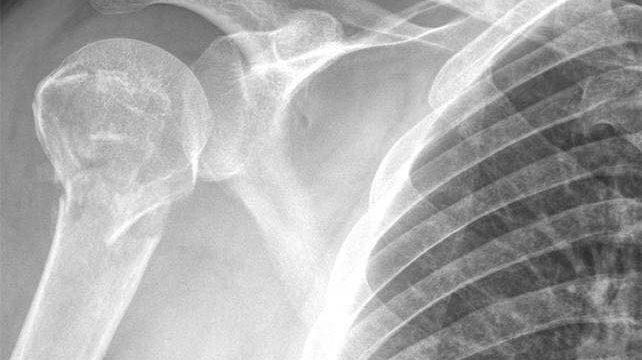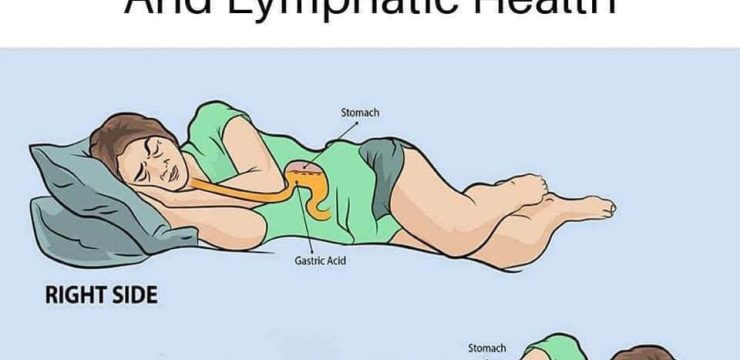Understanding right-of-way rules at intersections is crucial for ensuring safety and maintaining an efficient flow of traffic. Many drivers encounter situations where multiple vehicles arrive at an intersection simultaneously, raising the question: which car has the right of way? The correct answer in this case is Car C. Let’s break down the reasoning behind this conclusion.

Decoding the Intersection Scenario
In this scenario, three vehicles—A (a red car), B (a blue car), and C (an orange car)—approach an intersection with different intended movements. The complexity of this situation highlights the importance of understanding right-of-way rules. Here’s a closer look at each vehicle’s position and movement:
Car A (Red Car): Approaching the intersection from a stop sign, Car A intends to make a left turn across oncoming traffic. Car B (Blue Car): Also facing a stop sign, Car B is coming from a minor road and plans to turn right onto the main road. Car C (Orange Car): Traveling straight through the intersection on the main road, Car C has no stop sign.
Understanding the Right-of-Way Rules
Traffic laws clearly define right-of-way rules to prevent confusion and accidents. Here’s how they apply in this scenario:
Traffic Control Signs: Cars A and B both face stop signs, meaning they must yield to vehicles on the main road. Car C, which has no stop sign, has the right of way and is not required to stop. Priority for Vehicles Traveling Straight: Vehicles traveling straight generally have priority over those making turns unless otherwise indicated by traffic control measures. Since Car C is going straight, it maintains precedence over both Cars A and B. Right Turns vs. Left Turns: When two vehicles are at an intersection, a right-turning vehicle (Car B) has priority over a left-turning vehicle (Car A), since the latter must cross oncoming traffic.
Analyzing Each Car’s Movement
Car C (Orange Car): Since Car C is traveling straight on the main road without a stop sign, it has an unobstructed right of way and can proceed without stopping. Car B (Blue Car): While Car B intends to turn right, it still faces a stop sign and must yield to Car C before entering the main road. Car A (Red Car): Car A must yield to both Cars C and B. Not only is it turning left across traffic, but it also faces a stop sign, making it the last in the priority order.
Why Car C Has the Right of Way
Car C has the right of way because:
It is traveling on the main road without any traffic control signs requiring it to stop. Vehicles on minor roads with stop signs must yield to those traveling on the main road. Since it is moving straight and not turning, its path is unobstructed and prioritized.
Common Mistakes Drivers Make
Misunderstanding right-of-way rules can lead to dangerous situations. Here are some common mistakes drivers make and how to avoid them:
Assuming Equal Priority: Some drivers believe that all vehicles at an intersection have equal priority, leading to confusion and possible collisions. Road signs and rules dictate right-of-way order. Rushing Through Intersections: Being overly aggressive or hesitant can disrupt traffic flow and increase the risk of accidents. Drivers should remain calm and follow established right-of-way rules. Ignoring Stop Signs: Some drivers fail to fully stop at stop signs, creating potential hazards for vehicles traveling on the main road.
The Importance of Yielding at Intersections
Yielding when required ensures safer roads and smoother traffic flow. Here’s why it’s essential:
Prevents Accidents: Adhering to right-of-way rules reduces the likelihood of collisions and confusion. Improves Traffic Efficiency: Yielding appropriately allows for a structured and organized flow of vehicles. Ensures Legal Compliance: Failure to yield can result in traffic violations, fines, and even legal consequences.
Tips for Navigating Intersections Safely
To avoid confusion and potential hazards at intersections, follow these essential safety tips:
Observe Traffic Signs: Always pay close attention to stop signs, yield signs, and traffic signals. Anticipate Other Drivers’ Actions: Stay alert and be prepared for unexpected movements from other vehicles. Communicate Clearly: Use turn signals and make your movements predictable to avoid misunderstandings. Exercise Patience: Never rush through intersections—wait your turn and ensure it is safe to proceed.
Conclusion: Why Car C Holds Priority
In this particular intersection scenario, Car C holds the right of way because it is traveling straight on the main road without stop signs or obstructions. Both Cars A and B must yield due to their stop signs, while Car A must further yield to Car B because of its left-turning maneuver.
Understanding and respecting right-of-way rules is vital for preventing accidents and maintaining efficient traffic movement. Next time you approach a similar intersection, take a moment to assess the situation, follow the traffic rules, and yield when necessary. Safe driving begins with informed and responsible decision-making.





